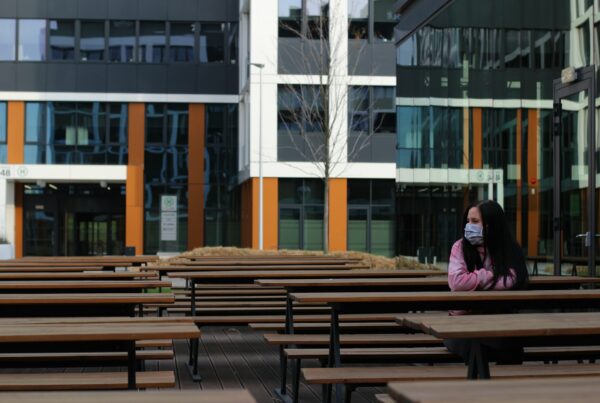by Panagiotidis, V., Palamara, E., Tsampa, K., Papagiannis, S., Maggidis, C., Karantzali, E. and Zacharias, N.
ABSTRACT
The research goal of this paper is to present geological data in context to the archaeological interpretation of land use of the Lamia Acropolis based on soil samples extracted from two test trenches on the site. By applying particle size analysis, p-XRF analysis and SEM examination an interpretation of the chemical foot-print main-tained in the soil samples were studied. Particle size analysis provided data concerning composition by sepa-rating different ranges of sizes and determining their relative proportion by weight. In addition, p-XRF and SEM analysis were used to examine chemical composition. The results are presented in an at-tempt to classify the archaeologically related soil samples by means of use, type of formation, or chronological period. Overall, soil analysis from the excavation area was realized for 51 soil samples extracted from the 13 layers of the stratigraphy.
![]()



